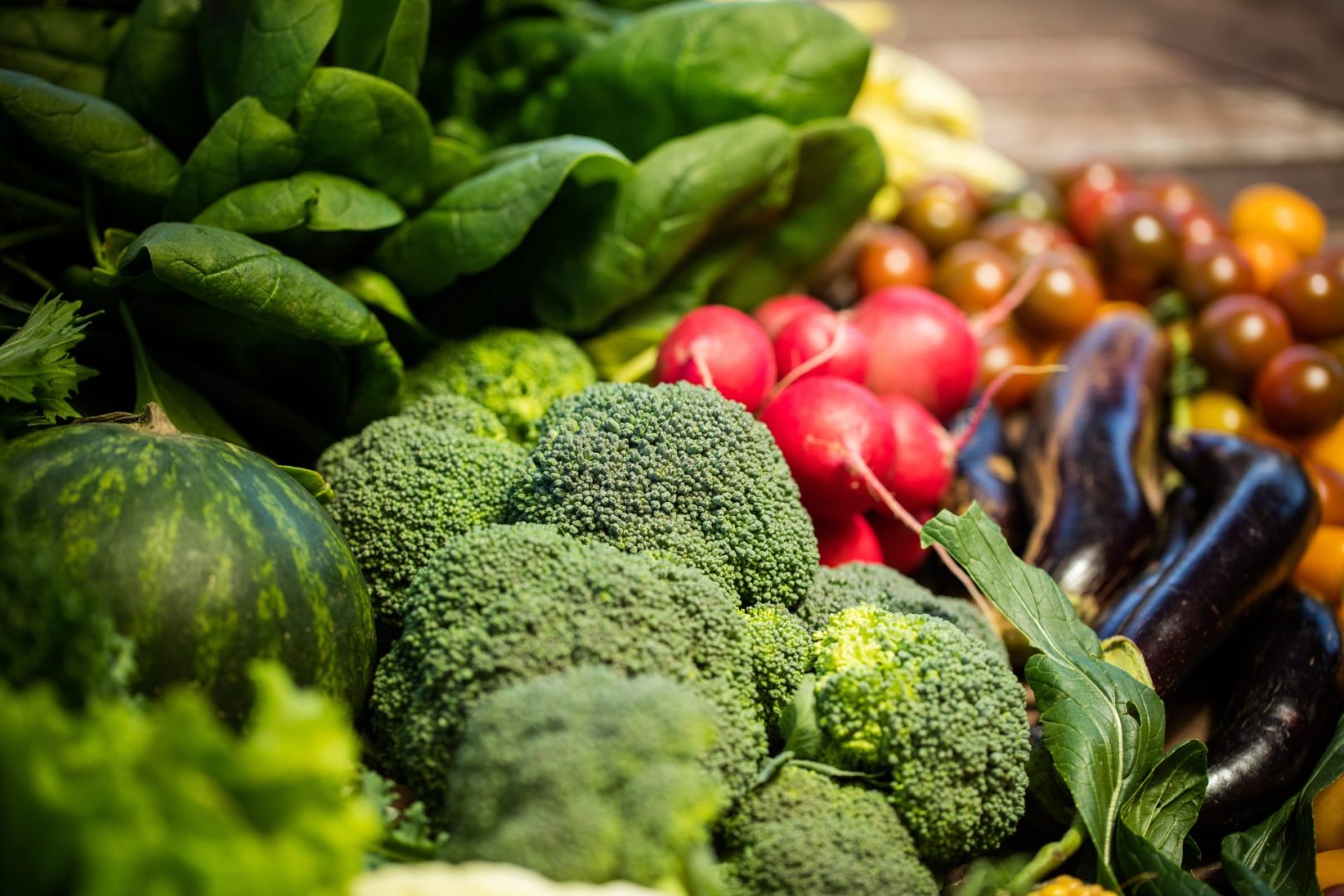In a groundbreaking development for diabetes prevention, researchers at Sweden’s University of Gothenburg have identified a natural compound that may significantly reduce blood sugar levels in individuals with prediabetes. Sulforaphane, found in broccoli sprouts, has emerged as a promising tool in early diabetes intervention, offering hope for millions at risk of developing type 2 diabetes.
A study details how this compound affects glucose metabolism, potentially altering the trajectory of prediabetes progression. With prediabetes affecting an estimated 5-10% of adults worldwide, this discovery could lead to new, targeted nutritional strategies that complement traditional approaches to blood sugar management.
The science behind blood sugar management
Prediabetes is a metabolic condition where blood sugar levels are elevated but not high enough to be classified as type 2 diabetes. Many people with prediabetes remain unaware of their condition until it progresses, making early intervention essential.
The Swedish study followed 89 participants between the ages of 35 and 75, all of whom had elevated fasting blood sugar levels and excess body weight. By analyzing the impact of sulforaphane on glucose metabolism, researchers aimed to determine whether this compound could serve as a natural aid in preventing the transition from prediabetes to full-blown diabetes.
The impact of sulforaphane on blood sugar levels
The 12-week randomized trial produced striking results. Participants who received sulforaphane experienced measurable reductions in fasting blood sugar levels, with some showing decreases of up to 0.7 millimoles per liter. The most significant improvements were observed in individuals with mild obesity and lower insulin resistance, highlighting sulforaphane’s potential effectiveness in specific metabolic conditions.
Sulforaphane’s primary mechanism involves reducing glucose production in the liver, which plays a central role in blood sugar regulation. By targeting this process, the compound helps maintain more stable glucose levels, potentially reducing the need for pharmaceutical interventions in at-risk individuals.
How gut bacteria influence blood sugar control
One of the most fascinating aspects of the study was the role of gut bacteria in enhancing sulforaphane’s effectiveness. Researchers discovered that specific gut microbes convert inactive precursors of sulforaphane into its active form, amplifying its metabolic benefits.
This finding underscores the growing recognition of gut health’s impact on metabolic disorders. A well-balanced gut microbiome may improve the body’s ability to regulate blood sugar, suggesting that dietary strategies supporting gut bacteria could enhance sulforaphane’s effectiveness. Individuals with a diverse and healthy gut microbiome may experience greater benefits from sulforaphane-rich foods, reinforcing the importance of a comprehensive nutritional approach to prediabetes management.
The role of targeted dietary interventions
The study’s findings offer insights into how precision nutrition can improve blood sugar control. By focusing on sulforaphane’s interaction with the liver, researchers have identified a natural pathway to better glucose regulation. However, experts caution that no single compound can serve as a standalone solution.
Optimal blood sugar control requires a combination of dietary adjustments, physical activity, and lifestyle modifications. Incorporating sulforaphane into a well-balanced diet, alongside other nutrient-rich foods, can enhance its benefits and support long-term metabolic health. Personalized nutrition strategies that consider an individual’s gut microbiome composition may further refine the effectiveness of dietary interventions for prediabetes.
How food choices impact sulforaphane absorption
While broccoli sprout extracts provide a concentrated source of sulforaphane, dietary strategies remain essential for maximizing its potential. Consuming whole foods rich in sulforaphane, such as broccoli, kale, and Brussels sprouts, offers additional nutritional benefits that support metabolic health.
Healthcare professionals emphasize the importance of consuming prebiotic fiber and fermented foods to maintain a balanced gut microbiome. These dietary choices can enhance sulforaphane activation, ensuring individuals derive the most benefit from this natural compound. Additionally, consuming cruciferous vegetables in their raw or lightly steamed form helps preserve sulforaphane content, making food preparation an important factor in optimizing its effects.
Future perspectives
This research marks a significant step toward personalized dietary interventions for prediabetes. By identifying individuals who respond best to sulforaphane, scientists may develop targeted strategies that prevent diabetes progression before it begins.
As understanding of the gut microbiome’s role in metabolic health continues to grow, future treatments may incorporate dietary plans tailored to individual microbiome compositions. The ability to predict how certain foods interact with gut bacteria could revolutionize nutritional science, leading to highly personalized approaches for managing prediabetes and other metabolic disorders.
With sulforaphane emerging as a powerful tool in blood sugar regulation, its integration into everyday diets could reshape how prediabetes is managed. As research advances, this natural compound may become a key component of future diabetes prevention strategies, offering a promising alternative to conventional pharmaceutical interventions.














